 How to Master Online Learning
How to Master Online Learning

About Petersons Publishing
To succeed on your lifelong educational journey, you will need accurate, dependable, and practical tools and resources. That is why Petersons is everywhere education happens. Because whenever and however you need education content delivered, you can rely on Petersons to provide the information, know-how, and guidance to help you reach your goals. Tools to match the right students with the right school. Its here. Personalized resources and expert guidance. Its here. Comprehensive and dependable education contentdelivered whenever and however you need it. Its all here.
For more information, contact Petersons, 2000 Lenox Drive, Lawrenceville, NJ 08648; 800-338-3282 Ext. 54229.
2010 Petersons, a Nelnet company
Facebook and Facebook logos are registered trademarks of Facebook, Inc. TwitterTM and Twitter logos are registered trademarks of Twitter, Inc. Neither Facebook, Inc. nor Twitter, Inc. were involved in the production of this book and make no endorsement of this product.
Stephen Clemente, Managing Director, Publishing and Institutional Research; Bernadette Webster, Director of Publishing; Mark D. Snider, Editor; Ray Golaszewski, Publishing Operations Manager; Linda M. Williams, Composition Manager
ALL RIGHTS RESERVED. No part of this work covered by the copyright herein may be reproduced or used in any form or by any meansgraphic, electronic, or mechanical, including photocopying, recording, taping, Web distribution, or information storage and retrieval systemswithout the prior written permission of the publisher.
For permission to use material from this text or product, complete the Permission Request Form at http://www.petersons.com/permissions.
ISBN-13: 978-0-7689-3367-3
ISBN-10: 0-7689-3367-3
Petersonspublishing.com/publishingupdates
Check out our Web site at www.petersonspublishing.com/publishingupdates to see if there is any new information regarding the test and any revisions or corrections to the content of this book. Weve made sure the information in this book is accurate and up-to-date; however, the test format or content may have changed since the time of publication.
Table of Contents
PART I: LOOKING AT ONLINE OPTIONS
PART II: ONCE YOU'VE DECIDED
PART III: WHAT TO EXPECT
PART IV: APPENDIX
Acknowledgments
We would like to thank the following people and organizations for their permission to reproduce course materials:
Professor Moises F. Salinas, Central Connecticut State University, for his course overview and syllabus for Psychology 112.
www.StudentAffairs.com for allowing us to adapt its evaluation form.
Mark A. Davenport, The University of North Carolina at Greensboro, for his course overview and syllabus, A Student Affairs Professionals Guide to Data Reporting Using SPSS for Windows.
Development: Practical Strategies, LLC: Reyna Eisenstark, Margaret C. Moran
Find Definitions of Underlined Terms
Find definitions of key terms in Appendix: Some Online Learning Terms You Should Know. Petersons has underlined key terms throughout this book that may be unfamiliar to new online learners. You can find out what these terms mean by searching alphabetically through our appendix at the back of the book.
Find Us on Facebook & Follow Us on TwitterTM
Join the Online Learning conversation on Facebook and TwitterTM at www.facebook.com/studyremotely and www.twitter.com/studyremotely and receive additional test-prep tips and advice. Petersons resources are available to help you do your best on this important examand others in your future.
Petersons publishes a full line of bookstest prep, education exploration, financial aid, and career preparation. Petersons publications can be found at high school guidance offices, college libraries and career centers, and your local bookstore and library. Petersons books are now also available as eBooks.
We welcome any comments or suggestions you may have about this publication. Your feedback will help us make educational dreams possible for youand others like you.
PART I: LOOKING AT ONLINE OPTIONS
Chapter 1 
Is Online Learning Right for You?
I believe that effective instruction (online or otherwise) is student-centered, rather than teacher-centered. This means that youthe studentare responsible for your own learning and success. If you are highly motivated, log on and participate at least six times in each course unit, and produce high-quality work, you will be successful. However, if you log on sporadically, participate minimally, or submit poor quality work, you will not. Online higher education is aimed at independent learners. If you require the structure of a classroom, then online courses will not suit you.
Alexandra M. Pickett
Associate Director, SUNY Learning Network, SUNY System AdministrationAdjunct Professor, State University of New York at Albany
What Is Online Learning?
Google the term and youre likely to come up with over a million hits, which is overwhelming. How can you use all the information available to figure out just what online learning is and whether you should venture into it?
The best place to begin is with the basics. Simply put, online learning is a type of education in which the majority of instruction occurs on the computer via the Internet. An online course might use any or all of the following technologies: .
How We Got Here: A Brief History
You might have noticed that online learning is also referred to as . This is because most or all of the education takes place at a location some distance from a bricks-and-mortar school. In fact, some schoolsfor-profit educational entitiesare only virtual institutions. Although online learning is a relatively new concept that emerged with the Internet, distance learning has been around for over a hundred years.
Correspondence Courses
The earliest form of distance learning involved sending materials back and forth through the mail. These kinds of became popular in the United States beginning in the late 1800s. One of the earliest correspondence courses taught shorthand. Students would copy passages and send them to an instructor by mail who graded and returned the work to the student.
Correspondence courses became a way for people who could not otherwise attend school to get an education. This included people with disabilities, women who were not allowed to enroll in most colleges, people who worked during school hours, and people who lived in remote areas of the country where there were no schools.
The Next Big Thing
Television eventually became a new forum for distance learning. By the late 1970s, some colleges and universities began using cable and satellite television for distance education courses. Often, the courses were offered early in the morning before people went to work or their children got up.
The Move to Online Learning
With the growth of the Internet in the 1990s, online learning was the obvious next step. Initially, teachers at colleges and universities used it just to post things online for the entire class to download such as the course schedule or list of readings. They found it a more efficient way to provide routine information.

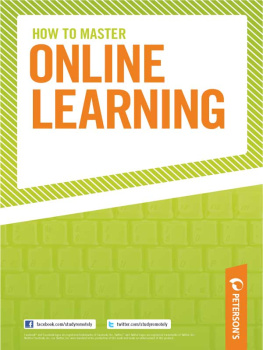
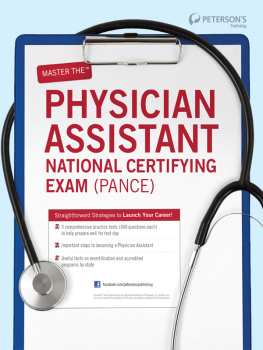
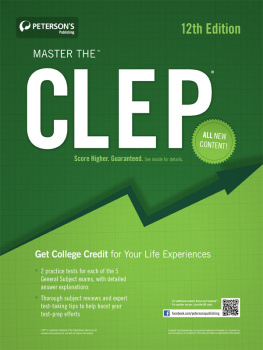

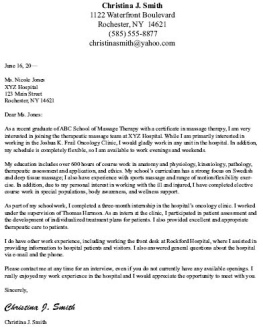
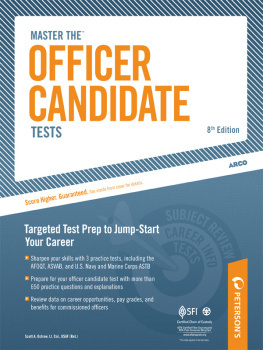
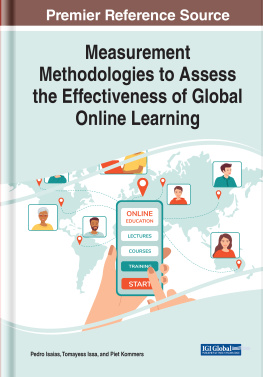

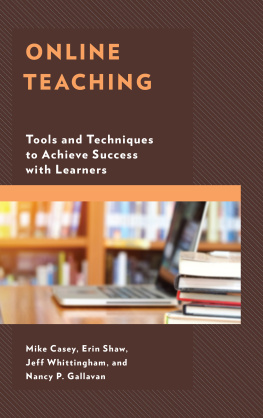
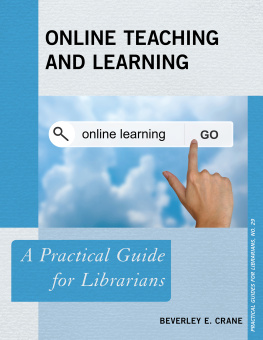
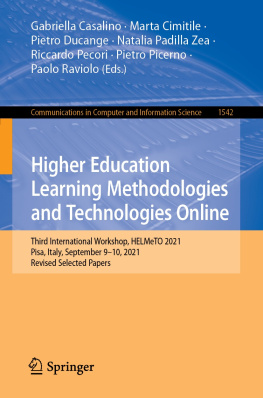
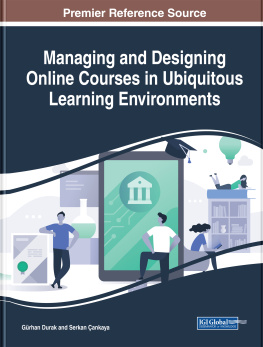
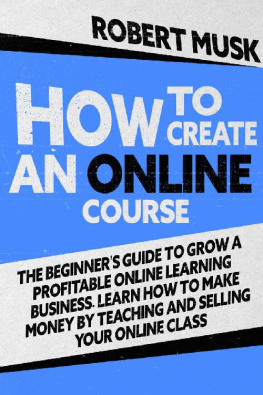
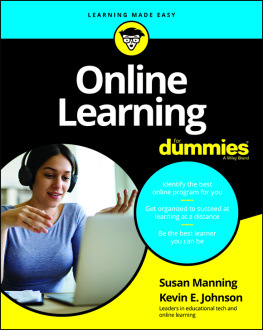
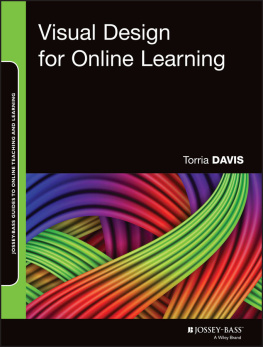

 How to Master Online Learning
How to Master Online Learning
